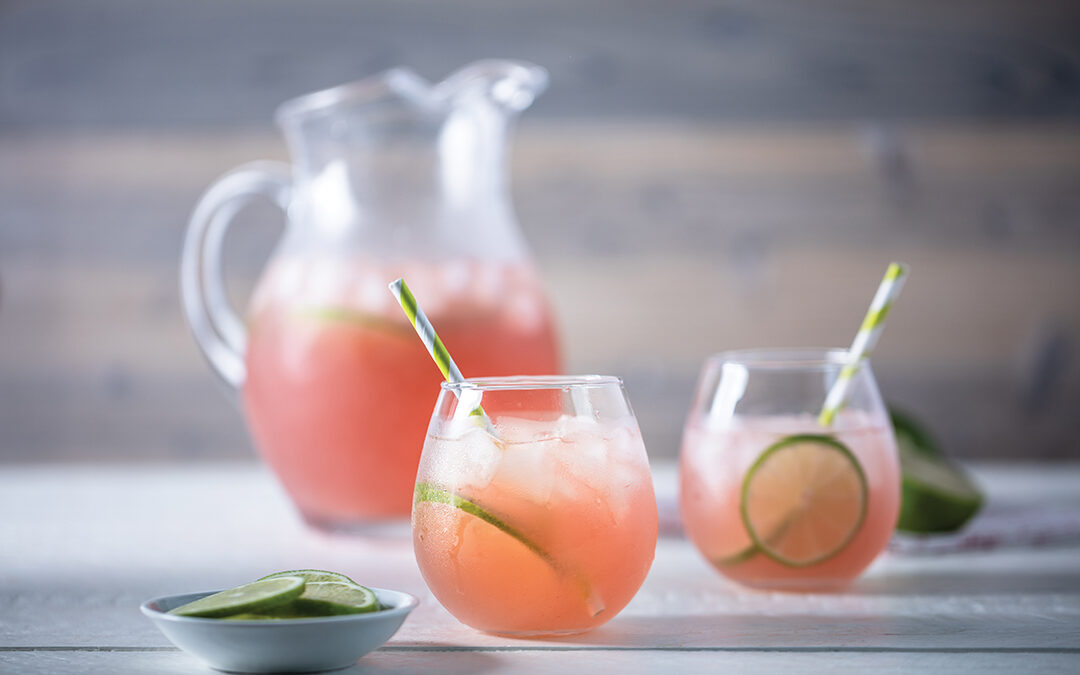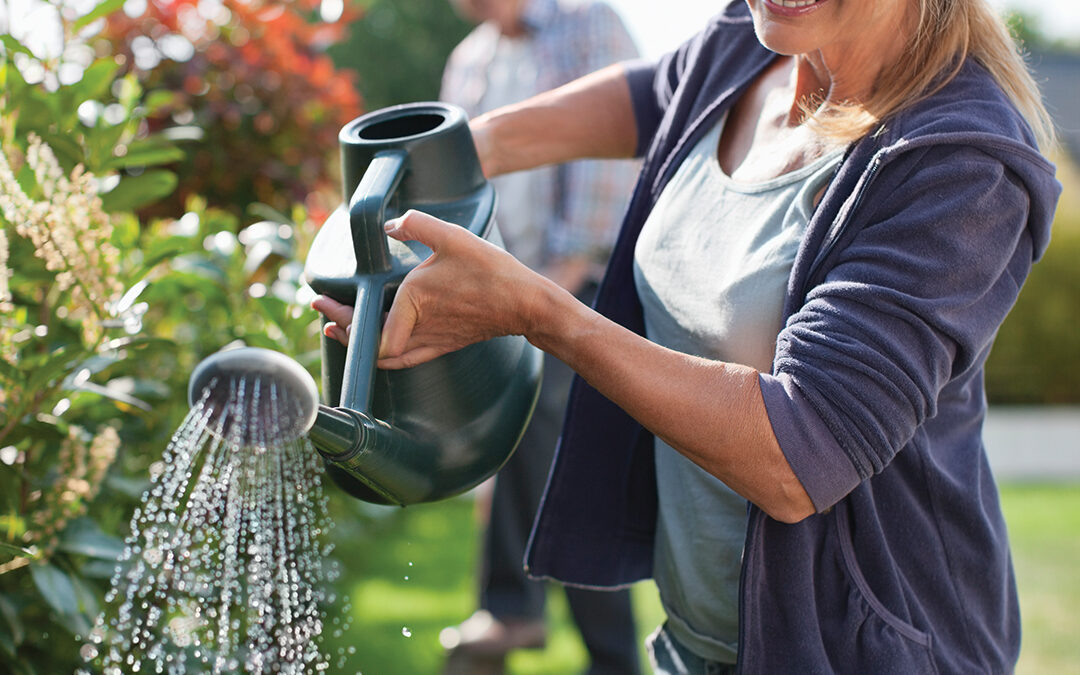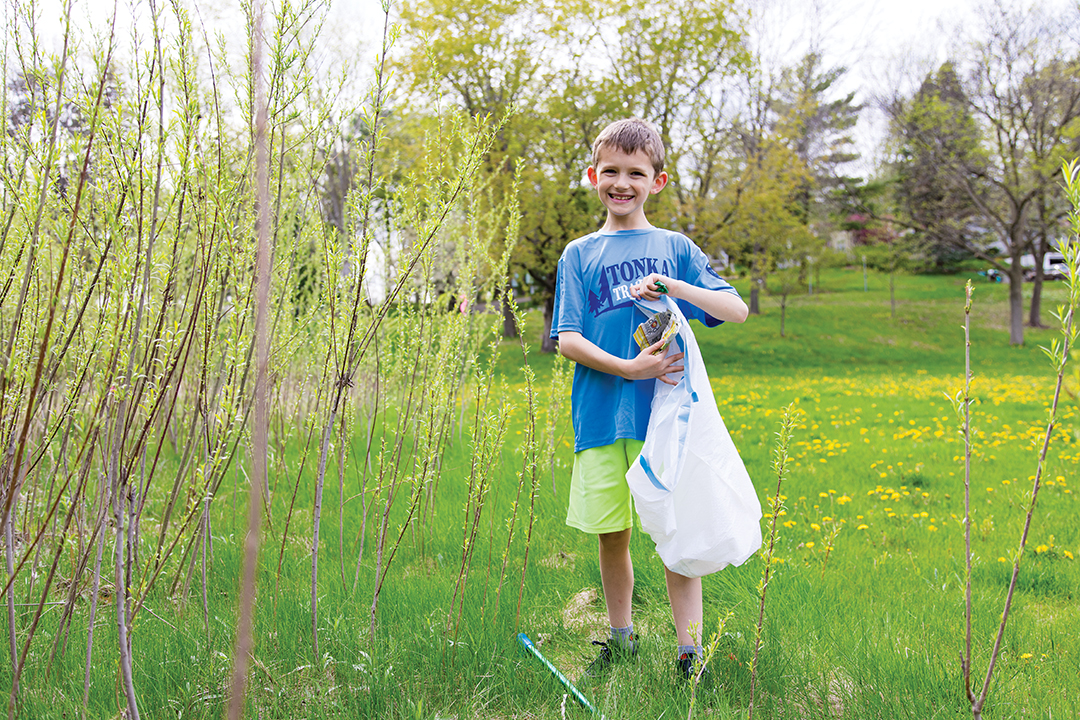
iStock/Tony Savino
Get a handle on an invasive species and create beauty and biodiversity.
Is there really a gardening season? Any time of year is the right time to tend to gardening endeavors—whether it be planning, planting or pruning.
For those interested in addressing a particular troublesome interloper—buckthorn—now is the time to act. We asked Alison Feik, a professional gardener based out of Excelsior, for guidance.
“As Minnesotans, we love our forests and wild places … Our consistent rains, deep, rich topsoil and long days of sun create [an abundance of growth],” she says. “All this life has been in relative balance, functioning autonomously for thousands of years and is a pride of our region. Yet, like so many facets of modern life, human intervention and the advent of modern practices (such as transporting plants to one bioregion to another) has created a problem, which now requires a concerted effort to reverse. The balance that we have enjoyed in the past is now threatened by an aggressive, noxious, invasive species.” AKA: buckthorn. “[It’s] our number one problem plant affecting the local, natural ecosystems,” she says.
Feik says buckthorn is easy to identify, especially in the spring and fall. “It’s the first plant to produce leaves and last to lose them,” she says. It can be found among shrubs and trees and between adjacent properties that have been left wild for privacy or from lack of attention. “Sometimes, it’s even been planted as a hedge. This is because the species was originally sold at nurseries,” she says.
Did you know that buckthorn is more than a bush? “Many people are surprised to learn that the 20-foot understory tree with a thick gray trunk is not a desirable tree in their yard but rather a mature buckthorn,” Feik says. “The mature trees are the most damaging, as they produce huge amounts of berries, spreading seed throughout their property and neighboring communities.” If you need another reason to rid your property of buckthorn, consider this: The berries act as a laxative for birds and mice, making it easier to disseminate the seeds.
Buckthorn is also a sunlight hog, as it were. Feik says, “They block the sun from the saplings and herbaceous plants we desire, hogging the light and moisture they need to thrive. When buckthorn grows, it creates thick stands that are practically impossible to pass through. Native plants can’t compete, thereby reducing the habitat and food sources animals relay on, as well.”
What is the solution? “We need to eliminate the buckthorn on private property, as well as municipalities, removing it from our parks,” Feik says. “Removing these plants now will make it exponentially easier to protect those ecosystems than if we ignore it and address it in the future.”
Get at it with a saw and an herbicide, Feik recommends. After sawing down the trunk, sparingly use herbicide on the freshly-cut trunk to treat the stump, or cover the stump with a black plastic bag in lieu using the herbicide. “This will keep the plant from shooting up vigorous suckers, growing back from the ground, as the living root system isn’t killed through cutting down the plant alone,” she says. In some instances, the roots can be dug or pulled out of the ground.
Note: You might have to continue removing the saplings from the seed bank (Berries that have been dropped that can remain in the soil for several years before germinating.) for a year or two. “It does take time and effort, however, after your buckthorn is removed, you’ll find you have more of your property back. This gives you an opportunity to plant desirable species in place of the removed buckthorn, creating both beauty and biodiversity,” Feik says.
Visit lakeminnetonkamag.com to learn more about the importance of curb appeal.
Yard Appeal
We’ve long known the importance of “curb appeal,” especially when it comes to buying or selling a home. Many homeowners are rethinking the “whys” of having a great looking property. To that end, tending to landscaping and gardening needs can be pivotal to achieving an ideal property landscape.
“I’d say, anecdotally, before the pandemic, properties with a decent outdoor space were nice to have, not need to have,” says Katie Dubow of the Garden Media Group. “Now, it’s on everyone’s top three [list] when searching for a new home. The outdoor space is an extension of the home. It’s not just a place that looks pretty—it’s a place to live and do daily activities, such as working, dining and relaxing.”
To look at some hard numbers, we turned to information from a study (conducted by The Harris Poll) from the TurfMutt Foundation. It discovered that:
- About 72 percent of Americans say that a spacious yard would be at the top of their wish list if they were looking for a new home. (That desire reflects a cultural shift in how Americans view their yards, according to the study.) Even more so, they’re willing to invest in their yards and are using them more for everyday activities, including as work-from-home office space.
- Approximately 24 percent of Americans are spending more time in their yards now than before the COVID-19 pandemic.
- Figures state 63 percent of Americans say they have enjoyed doing more activities in their yard since the pandemic began.
- The study revealed that 76 percent of Americans, who have a yard, say the family yard space is one of the most important parts of their home.
- It notes that 32 percent of adults ages 35-44, who have a yard, are the spending more time in their yard now compared to pre-pandemic.
Being Strong in Nature
Instagram: @alison.feik






















